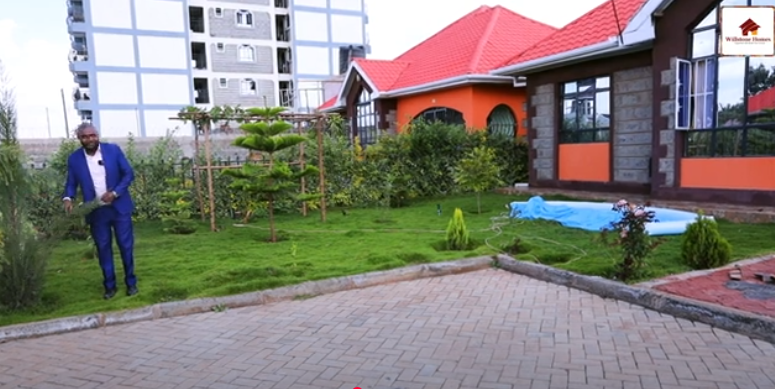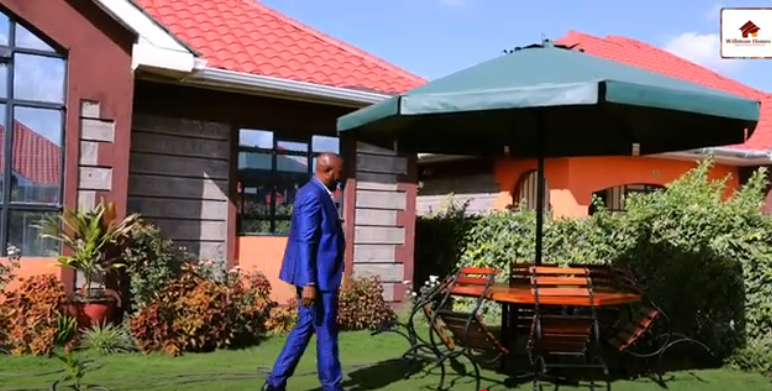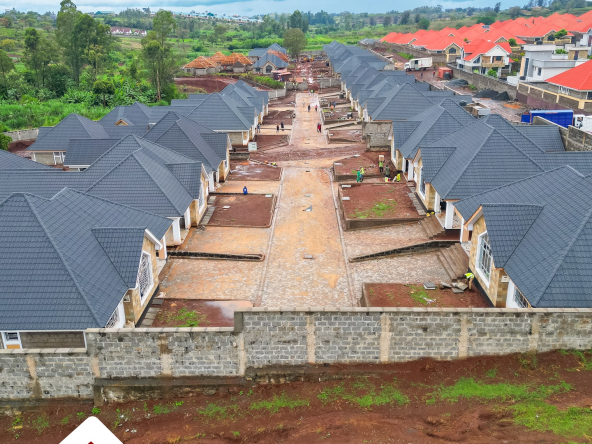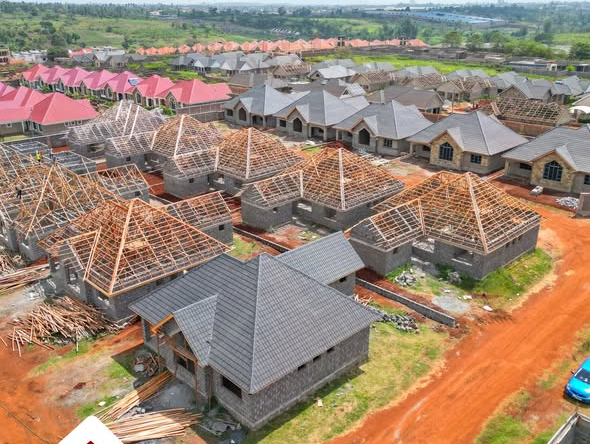Kenya real estate trends 2025 reveal a market that is both resilient and rapidly evolving, offering opportunities for investors who understand its dynamics. From the country’s persistent housing deficit to the surge in property values and new infrastructure corridors, the sector is being reshaped in ways that directly affect where and how investors should put their money. For anyone looking at property — whether residential, commercial, or land — understanding these shifts is essential to making smart, future-proof investment choices.
Amplified Housing Demand & the Annual Deficit

One of the most urgent issues is Kenya’s housing deficit. The country needs about 200,000 new housing units per year, yet only around 50,000 are being delivered — leaving a massive gap in housing supply.
The total accumulated deficit exceeds 2 million homes. Urbanisation is accelerating: more people move into cities each year in search of jobs and better services, putting pressure on housing in Nairobi, Mombasa, Kisumu, and satellite towns.
For investors, this creates opportunity: areas that can deliver properly built homes affordable to the growing middle class are likely to see strong demand and appreciation.
Read Also: How Many Houses Should You Own in Kenya in 2025 and beyond?
Rising Property Prices & Yield Dynamics
Property prices across Kenya are climbing faster than many global markets. Recently, a report by HassConsult revealed that Kenya posted some of the fastest increases in property value globally.
Even so, rental yields remain relatively attractive, especially in prime residential areas — often above 5%, depending on location and property type.
Investors need to be selective: prime neighbourhoods tend to have higher entry costs but often offer better liquidity and stable returns. Less central locations may offer lower price points but more variability in demand and rental yields.
Affordable Housing & Policy Intervention
A big trend is the increasing government focus on Affordable Housing. Under the Affordable Housing Program and related policies, Kenya aims to reduce the gap for low- and middle-income earners.
The challenges are real: high land costs, expensive mortgages, legal fees, and utility connections are big cost drivers. For many developers, delivering affordable homes profitably requires innovation in construction (lower cost materials, efficient layouts), supply chain improvements, and sometimes public-private partnerships.
For investors, this means that properties made under these affordable schemes (or in locations aligned with them) are likely to have high demand, though margins may be slimmer.
Read Also: Multi-Generational Homes in Kenya: A Growing Trend
Infrastructure & Connectivity as Value Drivers
Connectivity has become a property value multiplier in Kenya. Roads, bypasses, and transport links continue to shape how and where people want to live.
- Projects like expressway improvements reduce commute times.
- Growth in satellite towns (Ruiru, Kitengela, Athi River) is rising because people want more affordable land and houses but still need reasonable access to Nairobi.
- Infrastructure upgrades (roads, water, electricity) in these places often lead to rapid increases in land values.
So for investors, looking at infrastructure plans and government development corridors is just as important as the present condition of a plot or house.
Sector Shifts: Residential, Commercial, Industrial
- Residential sector remains the backbone. Demand is highest for middle-income housing — but supply is skewed toward high-end. Only a small percentage of new homes are going to low- or low-middle income segments.
- Commercial real estate is seeing more sophistication: Grade A office space continues to attract international firms; flexibility (serviced offices, coworking) is in demand.
- Industrial real estate (distribution centers, warehouses, industrial parks) is expanding on the outskirts of Nairobi in Kiambu and Machakos counties. The shift is driven by logistics demand and the need for cleaner, more planned industrial facilities.
Risk Factors: Interest Rates, Regulatory Cost & Over-Supply
Not everything is rosy. Here are some real risks investors should watch:
- High cost of credit. Mortgage and construction loan rates are still relatively high; inflation and monetary policy affect this. High borrowing costs eat into profit margins.
- Regulatory, legal, and titling issues. Complicated land title regimes, delays in approvals, and costs related to stamp duty and legal fees reduce investment efficiency.
- Oversupply in certain segments. Some suburbs are seeing many similar residential developments. If demand doesn’t keep up, prices or rents might stagnate.
- Affordability limits. Even with Affordable Housing programs, many of Kenya’s urban populace still find it hard to afford formal housing without subsidies or favorable financing.
Read Also: Best Neighborhoods to Buy a Home in Nairobi in 2026: Why Willstone Homes Leads the Way
Return Outlook & What Investors Should Focus On
Given the trends, here are areas where investors are likely to get the best returns in 2025–2027:
| Investment Type | Ideal Locations | Key Advantages |
|---|---|---|
| Middle-income residential houses/apartments | Satellite towns around Nairobi (Ruiru, Kitengela, Athi River), emerging suburbs | Lower land cost, rising demand, increasing infrastructure |
| Affordable housing projects | Areas aligned with government PPPs & affordable housing zones | Subsidies / regulatory support, high demand |
| Mixed-use developments | Nairobi peri-urban areas + growing towns (Kiambu, Machakos) | Convenience, value to renters & businesses, diversification |
| Land banking in corridors of infrastructure growth | Zones along new highways, expressways, and transport corridors | Potential for high appreciation with proper planning |
What These Trends Mean for You: Investor Tips

- Do due diligence: Check title deeds, county planning approvals, utility access.
- Know your target buyer or renter: middle class? expatriates? students? tailor your product and price for them.
- Monitor infrastructure projects: buy land or properties in places where roads, water, and power are being improved.
- Consider off-plan options cautiously: great deals can exist, but risk of delays or delivery issues is real.
Kenya’s real estate trends in 2025 show a sector that is growing, adapting, and full of opportunity. Housing deficits, rising property prices, demand for affordability, and infrastructure development are driving change. For the smart investor, aligning with these trends means greater rewards — picking the right location, product type, financing structure, and buyer-market fit.
If you’re considering putting capital into Kenyan real estate, now is the time to act — but act informed. Understand the data. Measure risk. Choose neighborhoods where growth is built in (not just hoped for).




